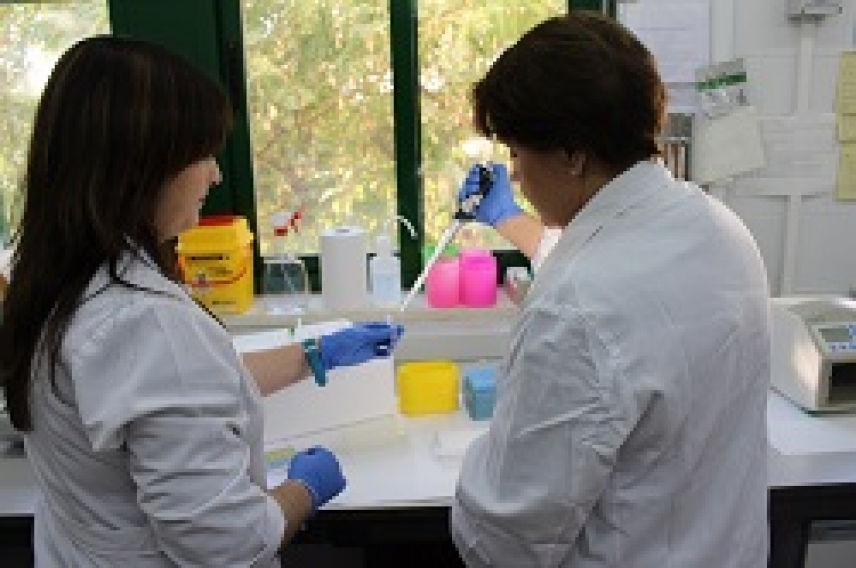 Although the house mouse has certain advantages as an experimental animal, other rodent species may also be valuable in certain areas of scientific research. One such species is Mus spretus, better known as the Algerian mouse, which is native to the Mediterranean basin; because it displays greater genetic variability than the house mouse, its experimental use may play a key role in environmental and biomedical research. One problem facing research using this kind of non-model organisms is the lack of commercially-available platforms.
Although the house mouse has certain advantages as an experimental animal, other rodent species may also be valuable in certain areas of scientific research. One such species is Mus spretus, better known as the Algerian mouse, which is native to the Mediterranean basin; because it displays greater genetic variability than the house mouse, its experimental use may play a key role in environmental and biomedical research. One problem facing research using this kind of non-model organisms is the lack of commercially-available platforms.
A study recently published in Environmental Pollution by scientists at the University of Córdoba Department of Biochemistry and Molecular Biology has successfully validated a commercial real-time PCR array designed for the model organism M. musculus using Algerian mice.
The project, led by research scientists Noelia Morales, Carmen Pueyo and Nieves Abril, sought to validate a PCR-array technique, which amplifies DNA sequences to provide swift, simple and simultaneous quantification of transcripts of the dozens of genes involved in any given biological process.
As Abril reports, “We have validated, with a minimum degree of error, a mechanism designed for a model organism, using a new species which, though it is not a model organism, is of considerable interest”, since its phylogeny and genetic sequence closely resemble those of the conventional laboratory mouse.
The advantages of working with this rodent species are beyond question, and in some cases it could actually replace the common laboratory mouse. Because of its genetic variability, it could be particularly valuable for biomedical and environmental research, and in general for any study requiring quantification of changes in gene-expression profiles.
To take a single example, as Noelia Morales points out, the research group has already used this PCR-array technique in Algerian mice to study the impact of DDT/DDE, a fat-soluble pesticide which is stored in fatty tissue and whose effect is therefore biomagnified as it travels up the food chain. This pesticide was banned in the 1970s due to its harmful effect both on humans and on the environment, but the ban has been partially lifted in tropical countries to help the fight against mosquito-borne diseases such as malaria, dengue and Zika virus. Due to the consumption of food (especially fruit and fish) from these countries, the risk of exposure to the pesticide is spreading worldwide.
References:
Validation of commercial real-time PCR-arrays for environmental risk assessment: Application to the study of p,p´-DDE toxicity in Mus spretus mice liver. Morales-Prieto N, Pueyo C, Abril N. Environ Pollut. 2017 Nov;230:178-188. doi: 10.1016/j.envpol.2017.06.031. Epub 2017 Jun 23.


